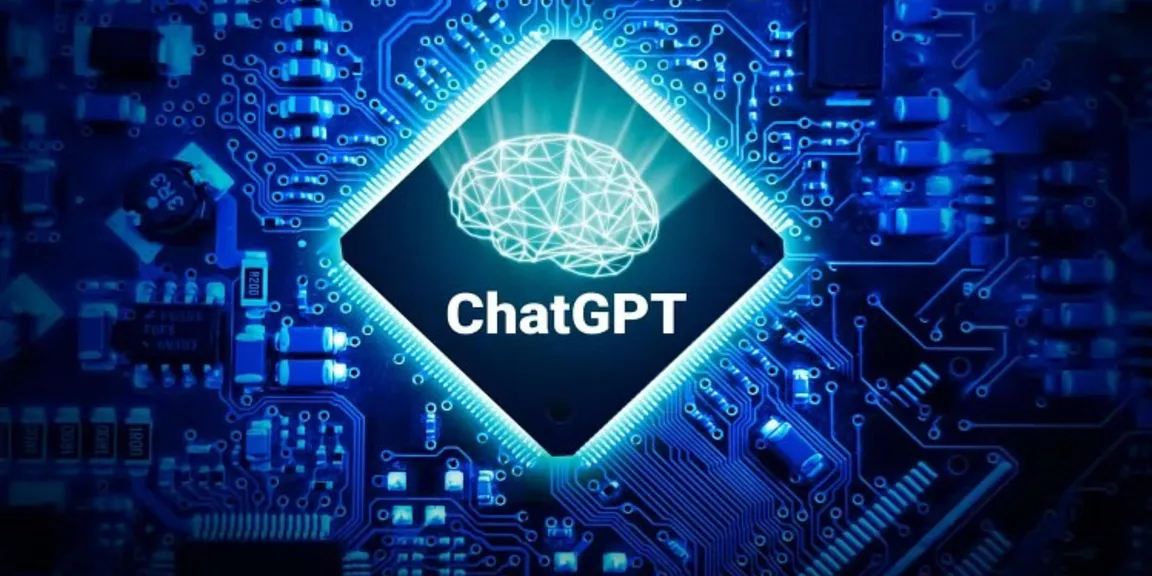In the ever-evolving realm of artificial intelligence (AI), language models have emerged as transformative tools, capable of generating human-quality text, translating languages, and even writing different kinds of creative content. Among these innovative models, ChatGPT stands out as a prominent player, garnering significant attention for its remarkable capabilities.
Understanding ChatGPT
ChatGPT, also known as Generative Pre-training Transformer, is an advanced AI language model developed by OpenAI. It is trained on a massive dataset of text and code, enabling it to generate realistic and coherent text responses, translate languages, and write various creative content formats.
Key Features and Applications
ChatGPT’s versatility extends to a wide range of applications, making it a valuable tool for individuals and businesses alike. Here are some of its key features and applications:
Text Generation: ChatGPT can mdbreakingnews.com generate human-quality text, including creative text formats like poems, code, scripts, musical pieces, email, and letters.
Language Translation: ChatGPT can translate languages, enabling effective communication across cultures and linguistic barriers.
Question Answering: ChatGPT can answer your questions in an informative way, even if they are open ended, challenging, or strange.
Content Creation: ChatGPT can be used to generate content for various purposes, such as blog posts, articles, marketing materials, and social media posts.
Research and Education: ChatGPT can be used for research purposes, assisting in data analysis, literature review, and hypothesis generation. It can also be used in education to enhance learning and provide personalized instruction.
Benefits and Limitations
ChatGPT offers numerous benefits, including its ability to generate human-quality text, translate languages, and assist in various creative tasks. However, it is important to recognize its limitations as well.
Accuracy: While ChatGPT can generate accurate and coherent text, it is not always perfect. It may occasionally produce errors, especially when dealing with complex or nuanced topics.
Creativity: ChatGPT can produce creative text formats, but its creativity is still limited compared to human writers. It may sometimes struggle with originality and may produce repetitive or formulaic content.
Bias: ChatGPT’s training data may reflect biases present in the real world, which could lead to biased outputs. It is crucial to be aware of these potential biases and use ChatGPT responsibly.
Conclusion
ChatGPT represents a significant advancement in AI language modeling, offering powerful capabilities for text generation, language translation, and content creation. As AI technology continues to evolve, ChatGPT is poised to play an increasingly prominent role in various fields, shaping the future of communication, creativity, and education.

